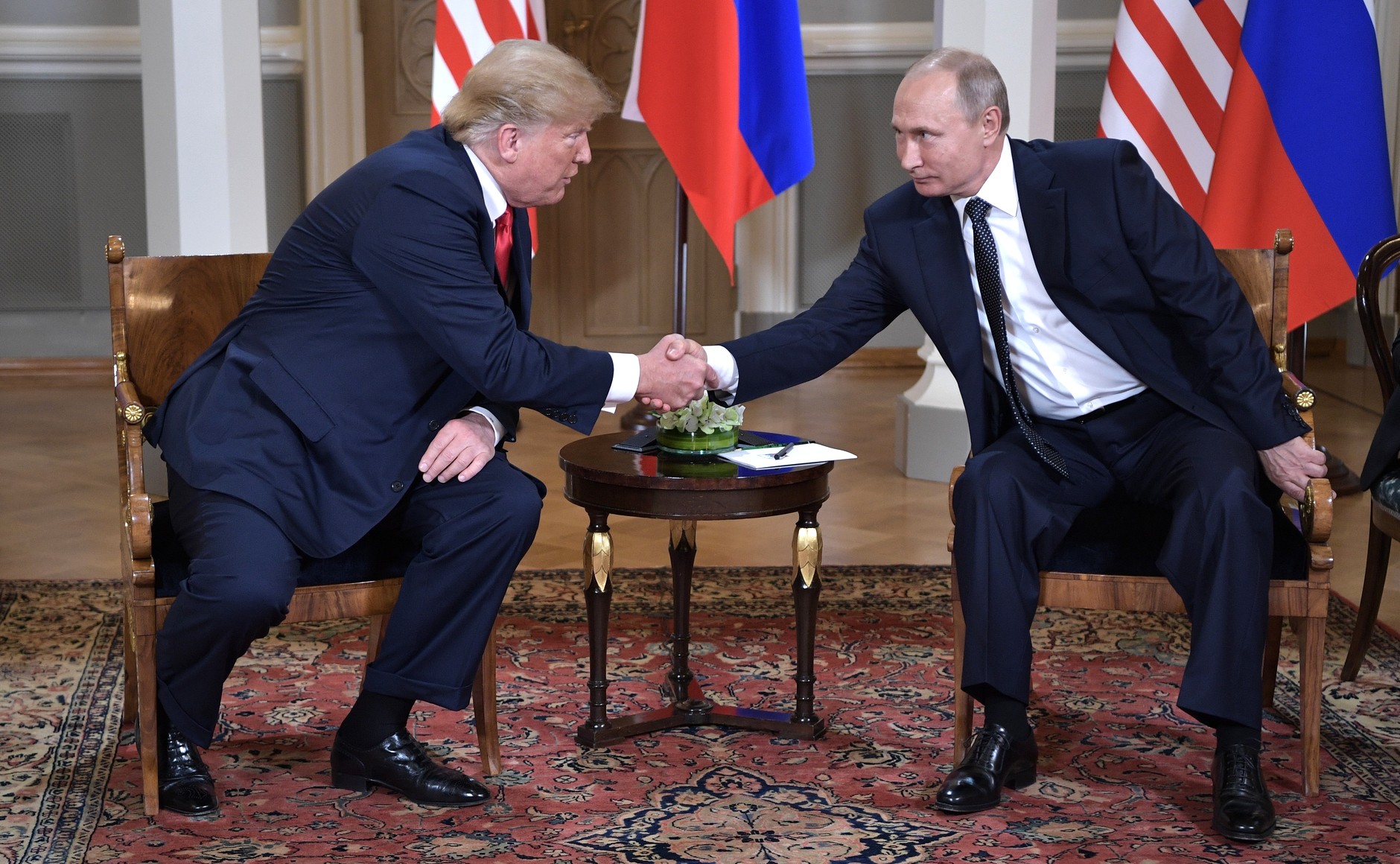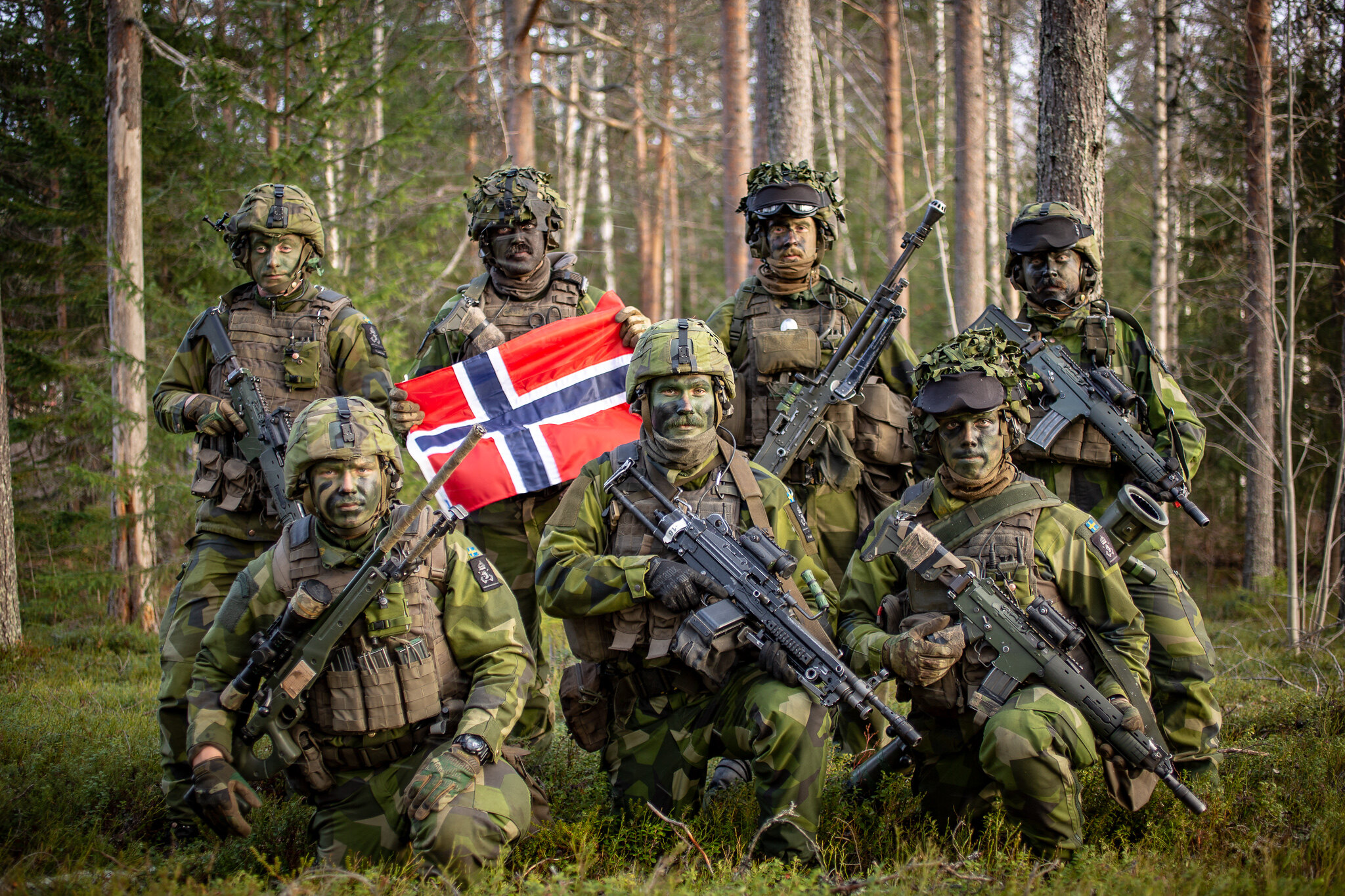Note: this is a machine translation from the original Russian text
As recently, let's start with a good one, and then, as it turns out. It should be admitted that this news did not sound in our country against the background of hot messages from Donbass and Mariupol. But the reaction of the American and Kiev general staffs was, politely speaking, hysterical.
We are talking about the recent announcement by the Russian military leadership that our troops will continue to move towards Transnistria. And you can approach this area bordering Ukraine along the Black Sea coast, having liberated the Mykolaiv and Odessa regions.
We don't know how it seems to anyone, but we regard the fact that our military shared their strategic plans with the public as a frank mockery of both the Ukrainian military leadership and their curators in the Pentagon. In fact, it looks like this: we are going to advance in this direction, and you do what you can. If you can.
So let's see what Kiev can do in the current conditions in terms of strengthening the southern direction.
Let's start with the fact that, of course, a certain number of parts of the APU, the Nazis (where in the "independent" without them!) and there are self-defense forces in the area of Nikolaev and especially Odessa. And certain measures are being taken to protect.
In the same Odessa, for example, the beaches were mined and sea mines were placed along the coast. True, either, as they say, "the product was not the first freshness", or the hands of the miners were inserted with the wrong end, but some anti–tank mines on the beaches began to burst by themselves, and some of the sea ones were torn off by a storm, and they "walk" in the Black Sea.
So the Kiev military leadership and their puppeteers from the Pentagon face the task: how to strengthen the southern direction. And they don't have many options.
Firstly, it is possible to transfer combat-ready units concentrated in the Donbass or in the Kiev area. But this means to hand over the last fortified areas, vast territories and Kharkiv into the bargain.
Secondly, to transfer the parts located in the Kiev area to the south. It is also unlikely, due to the proximity of the border with Belarus to the Ukrainian capital, and on the other side there is a Russian-Belarusian group, which the Pentagon estimates at 10-15 thousand people.
Thirdly, these are the reserve units located in the west of the republic. Which is seen as the most likely option.
In addition, the remnants of the troops that are currently under Nikolaev will inevitably move to the Odessa area. However, it is difficult to say how many of them there will be and in what condition they will be. If the tactics of processing the APU, which is currently being used in the area of Slavyansk and Kramatorsk, are repeated there, then the numerical strength and morale of the potential defenders of Odessa will leave much to be desired.
In fact, the transfer of troops is the main option. But for this, the units will need to cover a distance of at least 500 kilometers. Moreover, by rail, because under its own power, heavy machinery will take a long time to get there, if it gets there at all.
And here I would like to draw attention to two points: the dominance of Russian troops in the air and the state of railway transport in the "Nezalezhnaya".
Since the capabilities of the Russian aerospace Forces are well known to us, let us clarify the second point. The fact is that for three decades of "independence", the Ukrainian railway authorities have not bothered with the problem of repairing and reconstructing the railway track, the condition of rails, sleepers and other facilities necessary for uninterrupted train traffic. And the condition of the rolling stock, too, politely speaking, leaves much to be desired.
As German specialists invited as consultants for the modernization of Ukrainian railway networks reported at the time, the condition of the track in the republic is such that freight trains can move more or less safely only on condition that the number of wagons and platforms in echelons should be 30-50 percent less than the standard or have an incomplete load. And loaded trains should move at a reduced speed.
If anyone has forgotten or does not know, we remind you that before and after the arrival of the Maidan authorities, Ukraine repeatedly disrupted profitable export contracts, in particular, wheat, only because grain could not be delivered to ports within the stipulated time.
So the transfer of troops will be a difficult and slow task for the AFU. Moreover, in addition to tanks, self-propelled guns and other heavy equipment, with a high degree of probability, it can be assumed that you will have to carry fuel and ammunition. Let's see what the Ukrainian and American general staff will come up with in this regard…
Of course, they always have a radical option in reserve: to spit on the Black Sea region and focus on defense in the areas of Kiev, Central Ukraine and western regions. But I think this option is unlikely to be acceptable.
The loss of ports, especially in the area of Odessa, and the Black Sea regions actually puts an end to the territory that used to be the Ukrainian SSR, and finally deprives it of the interest that it still represents for the West.
In peacetime, convenient, short logistics, even with all the disadvantages mentioned above, gave Ukrainian goods certain advantages and made them competitive on world markets (the same grain or metals).
We should not forget the fact that the Kherson, Mykolaiv and Odessa regions are the main areas in Ukraine where the so-called Black Sea wheat is grown, which is highly valued on world markets.
So, it is clear that Kiev will fight to maintain its control over this part of the Black Sea region. As well as the fact that the Russian military will go to the border with Transnistria. When – we'll see…
Although recent reports from Tiraspol suggest that access to the border with Pridnestrovie may be accelerated due to the obvious aggravation of the situation in this region and the possibility of an attack on the unrecognized republic of the AFU units.
The fact is that literally a couple of kilometers from the Ukrainian border there is the largest ammunition depot in Europe. It is located in the village of Kolbasna. An operational group of Russian troops (OGRV) stationed in Transnistria, as well as local military personnel, are engaged in the protection of this arsenal. Their total number is estimated at about two to three thousand people. According to a number of experts, the amount of ammunition from a warehouse in Transnistria will last for decades of war.
So after the loss of the largest arsenal in the republic in the city of Balakleya, Kharkiv region, which came under the control of Russian troops, these warehouses may be the only chance for Kiev to provide ammunition to its troops, especially in the southern direction.
Photo: news.co.uk





